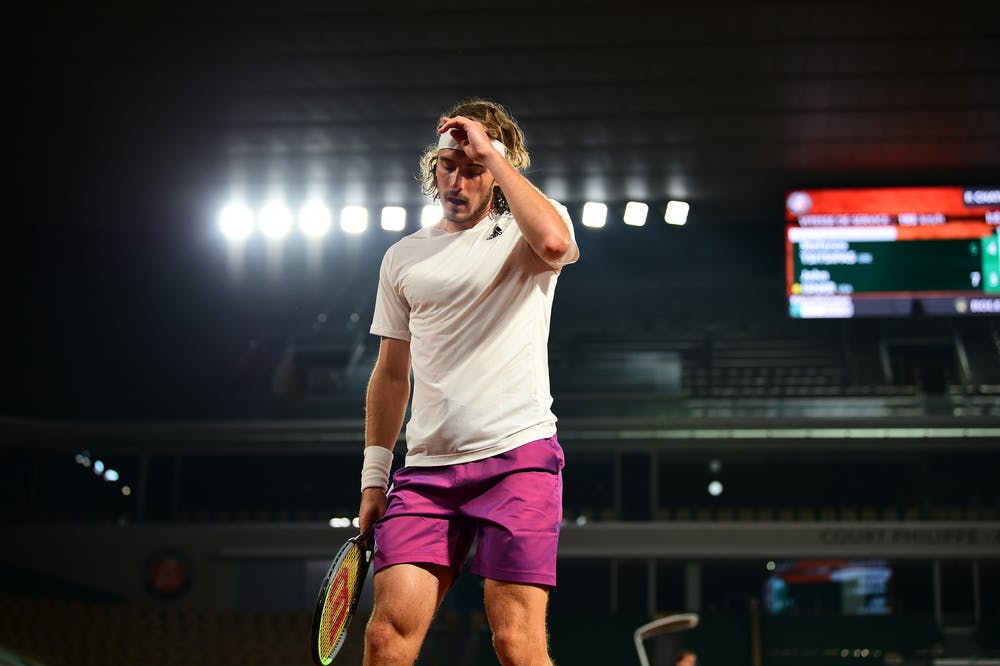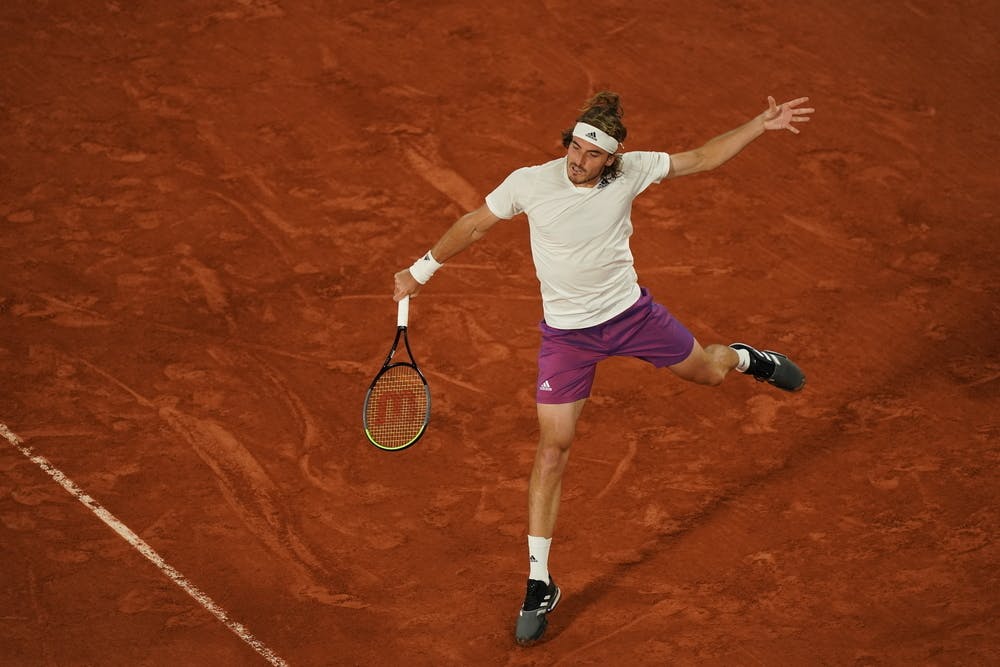Greek the favourite to emerge from bottom half
We probably knew this beforehand, but seeing Tsitsipas find a way to deal with Isner reasserted his status as the favourite to come through the bottom half of the draw.
A semi-finalist last year, Tsitsipas came into Paris having won the title in Monte-Carlo and been within a point of beating Rafael Nadal in the Barcelona final.
Daniil Medvedev, the No.2 seed, is the highest-ranked player in the bottom half but the Russian is still learning on clay while Tsitsipas looks the most assured of all the challengers.
He has now won 19 matches on clay this year, level with another player into the fourth-round, Federico Delbonis, while Tsitsipas’ 36 wins overall in 2021 are the highest on tour.
Change in conditions useful against Isner
Isner had spoken at length about how much he enjoys playing in warm conditions, especially on clay, where he is able to kick his serve way over the heads of most players.
At 6ft, 5in, Tsitsipas is tall enough but the Greek had to reach high at times and vary his return position to combat the Isner serve. But crucially, playing at night, and in the cooler, heavier conditions may have dampened the effect of the Isner serve and as the match wore on, he started to read it too.
That’s good news for Tsitsipas as he goes on in the tournament, the ability to handle changes in conditions and be equally effective no matter what will be a real advantage.
 ROLAND-GARROS
18 May - 7 June 2026
ROLAND-GARROS
18 May - 7 June 2026




